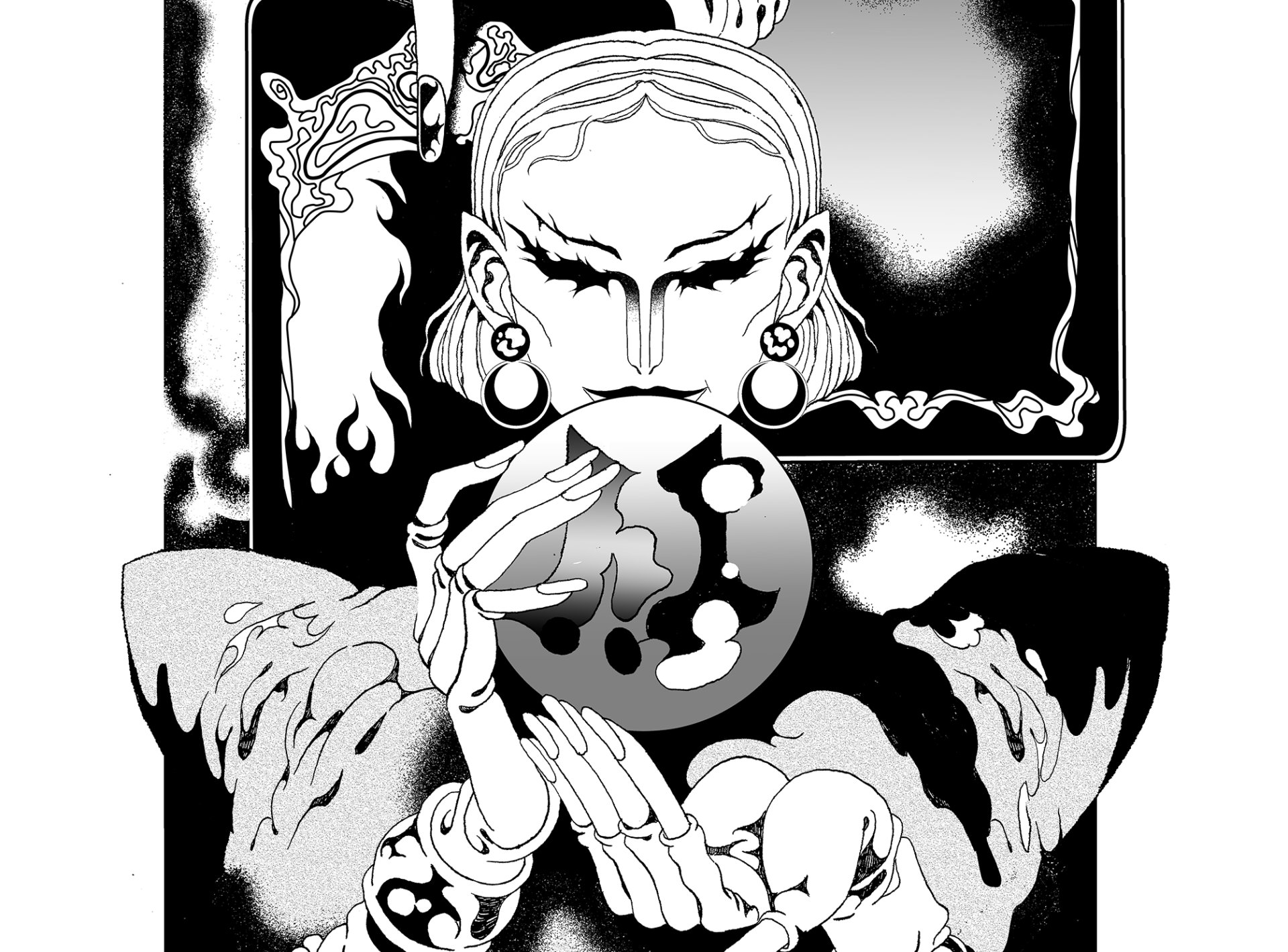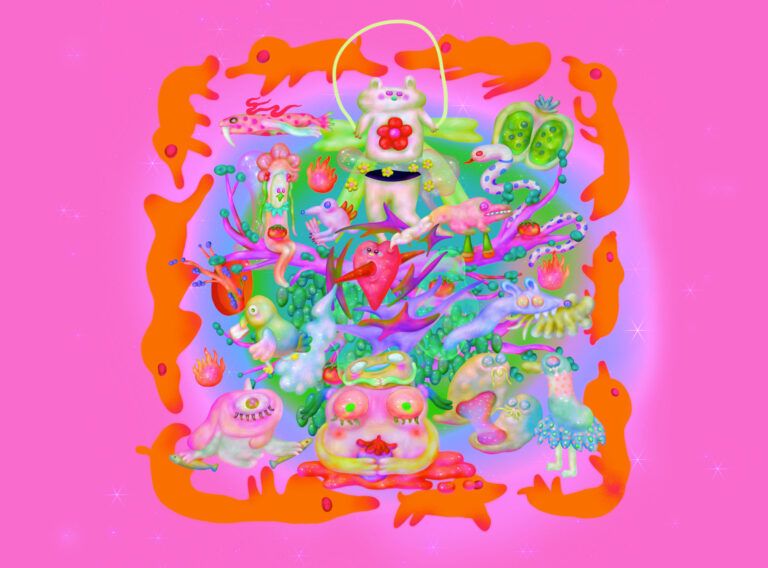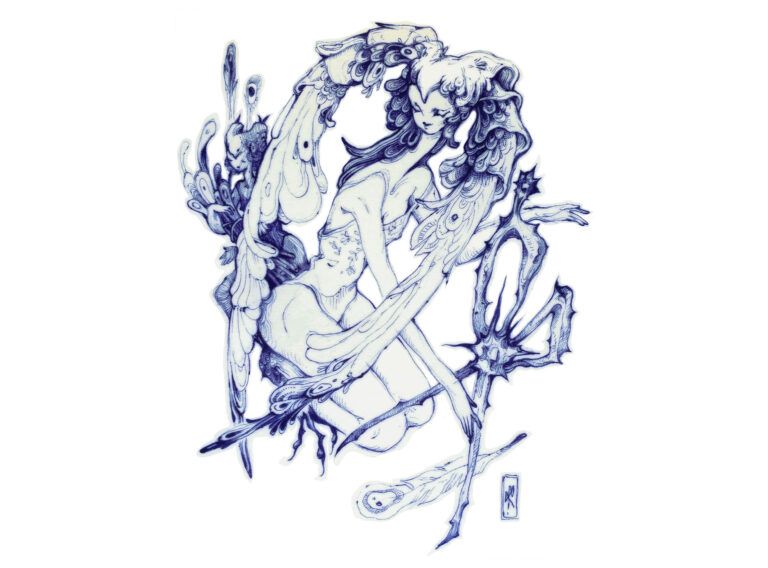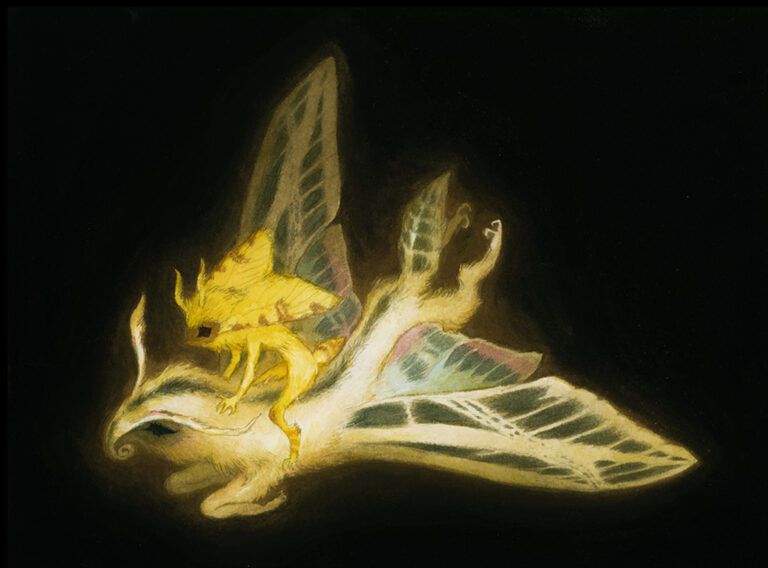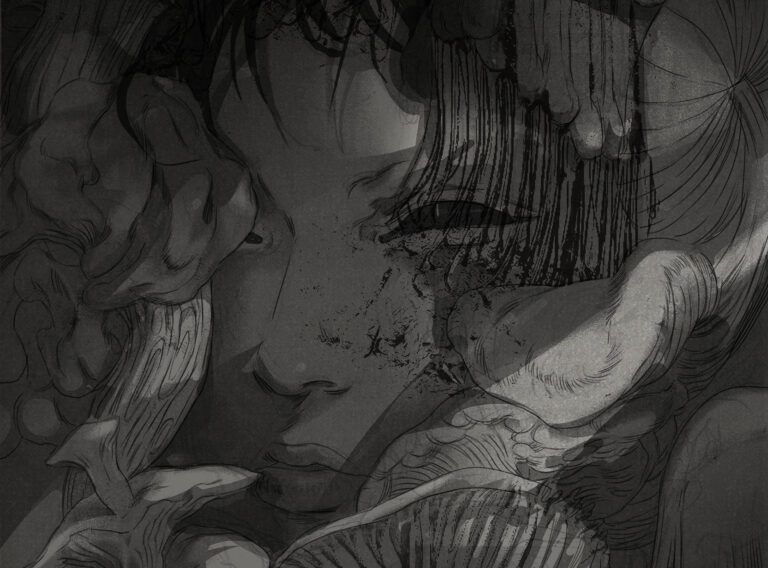According to the author, ‘Oasis of Hate’ is a made up term for a feeling of inadequacy, especially in a social context when a person is forced to conform to social norms while being aware of their own falseness. “My sister and I came up with it as children while watching a cooking show on Polish television where everybody seemed very uncomfortable with each other. By chance, I chose this name as my social media nickname and I run with it now,” says Anna.
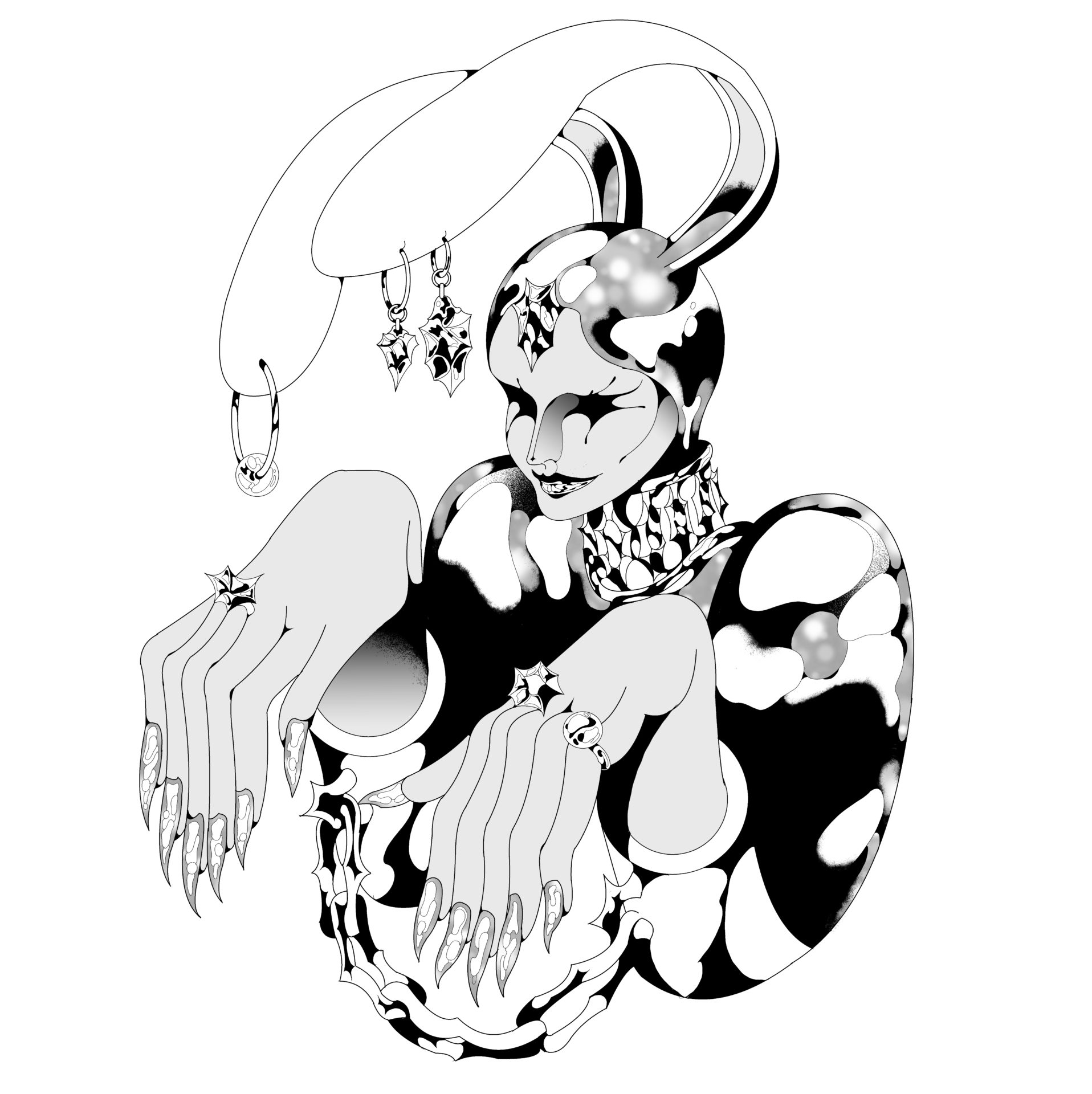
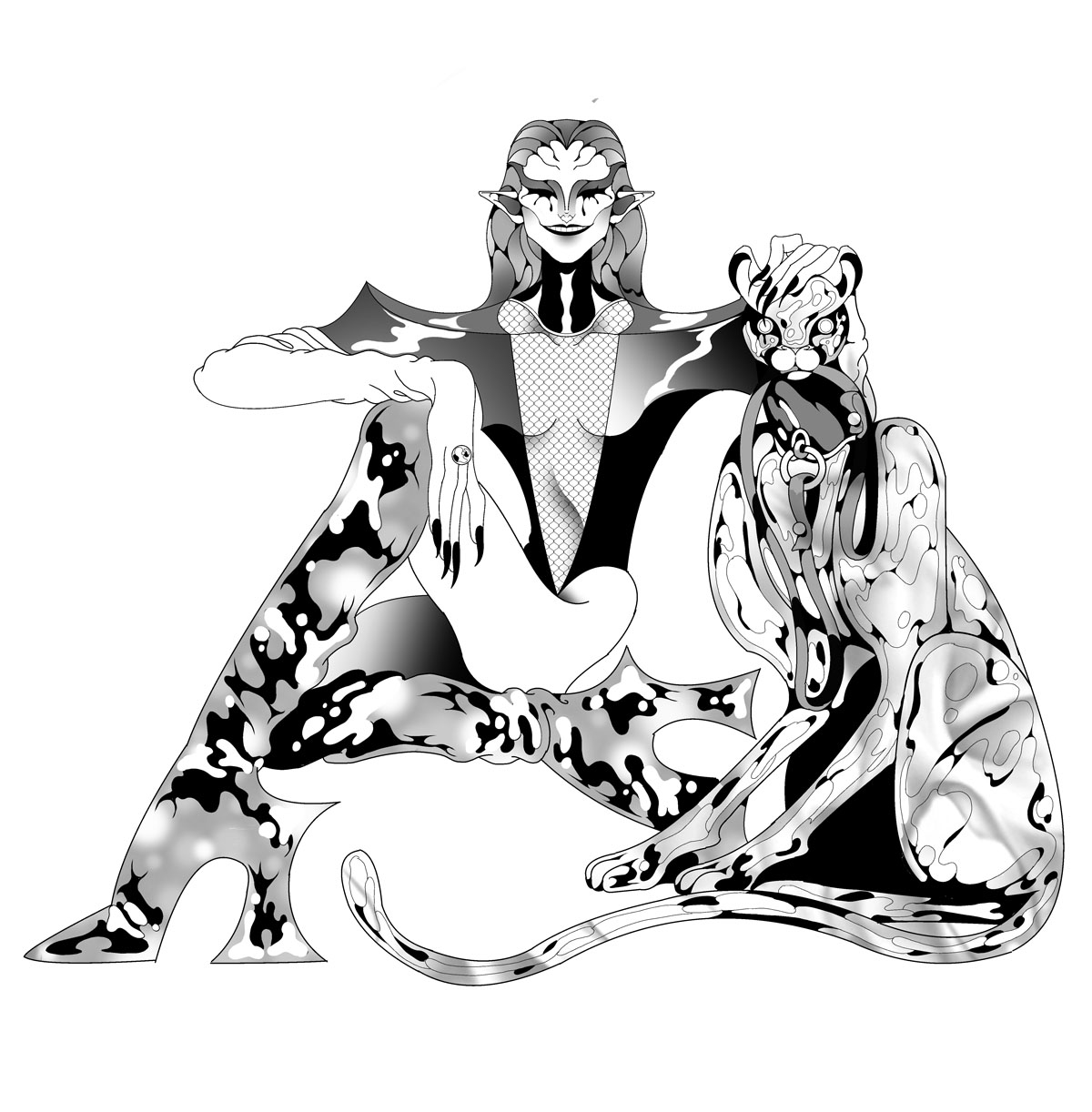
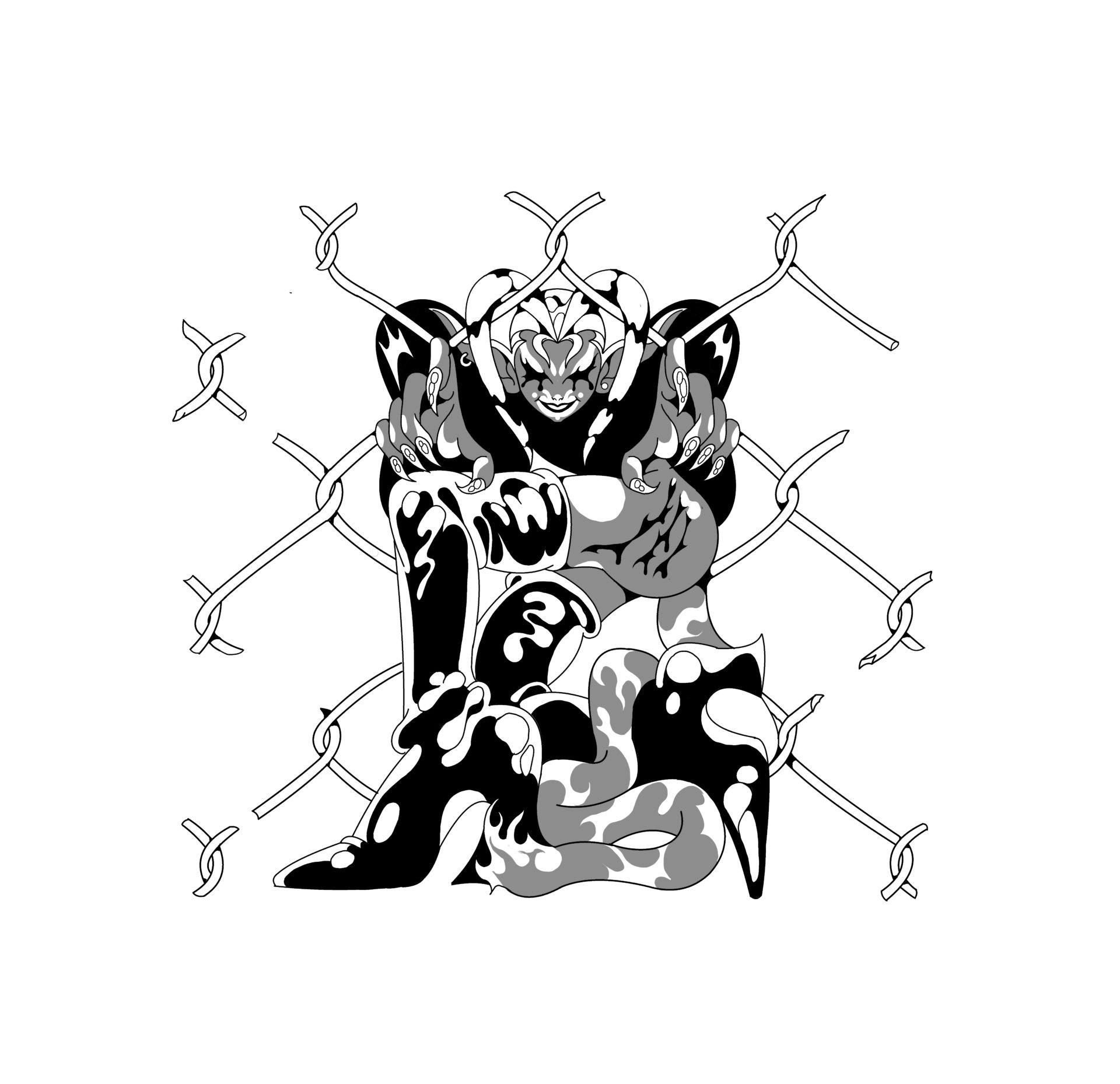
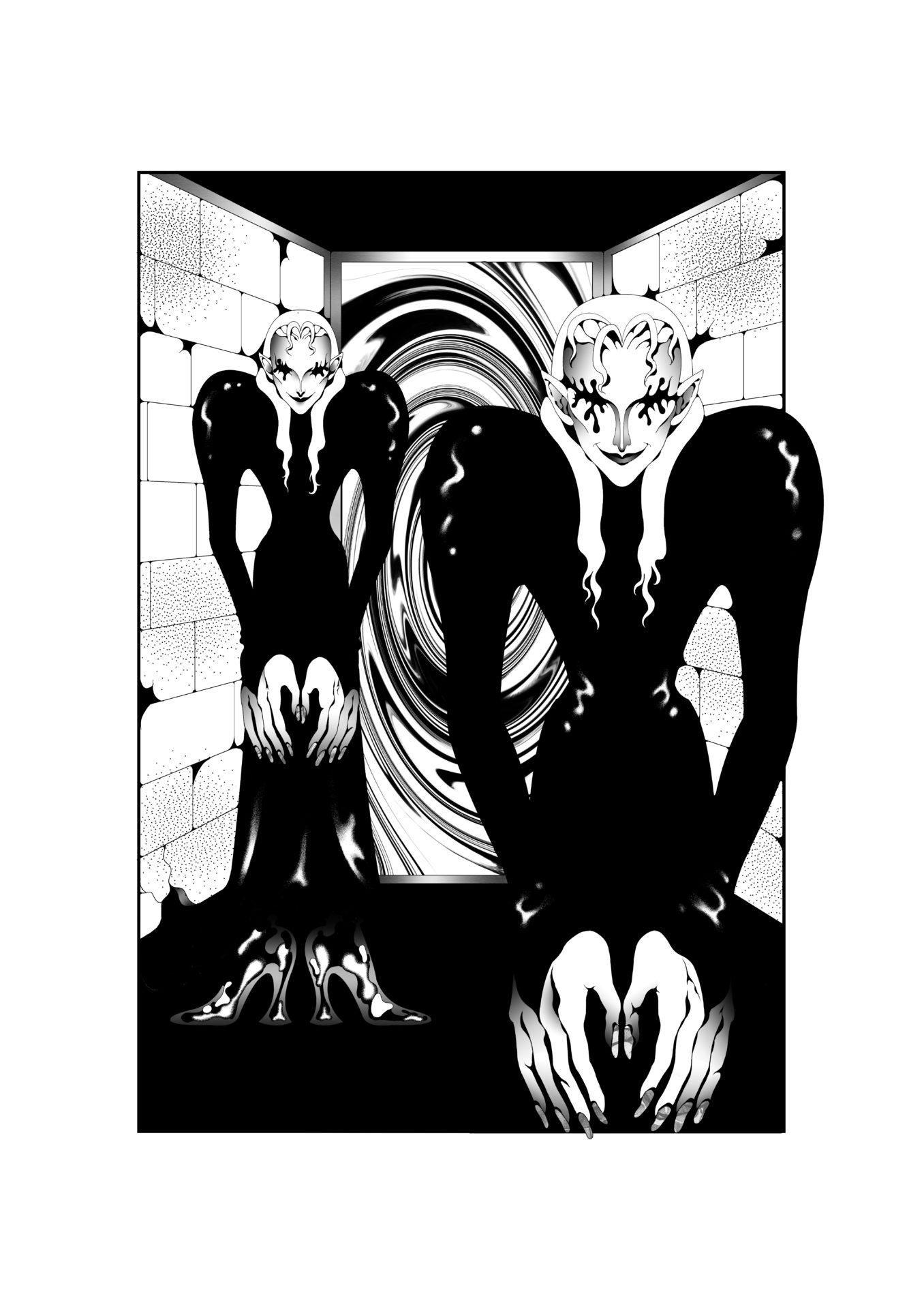

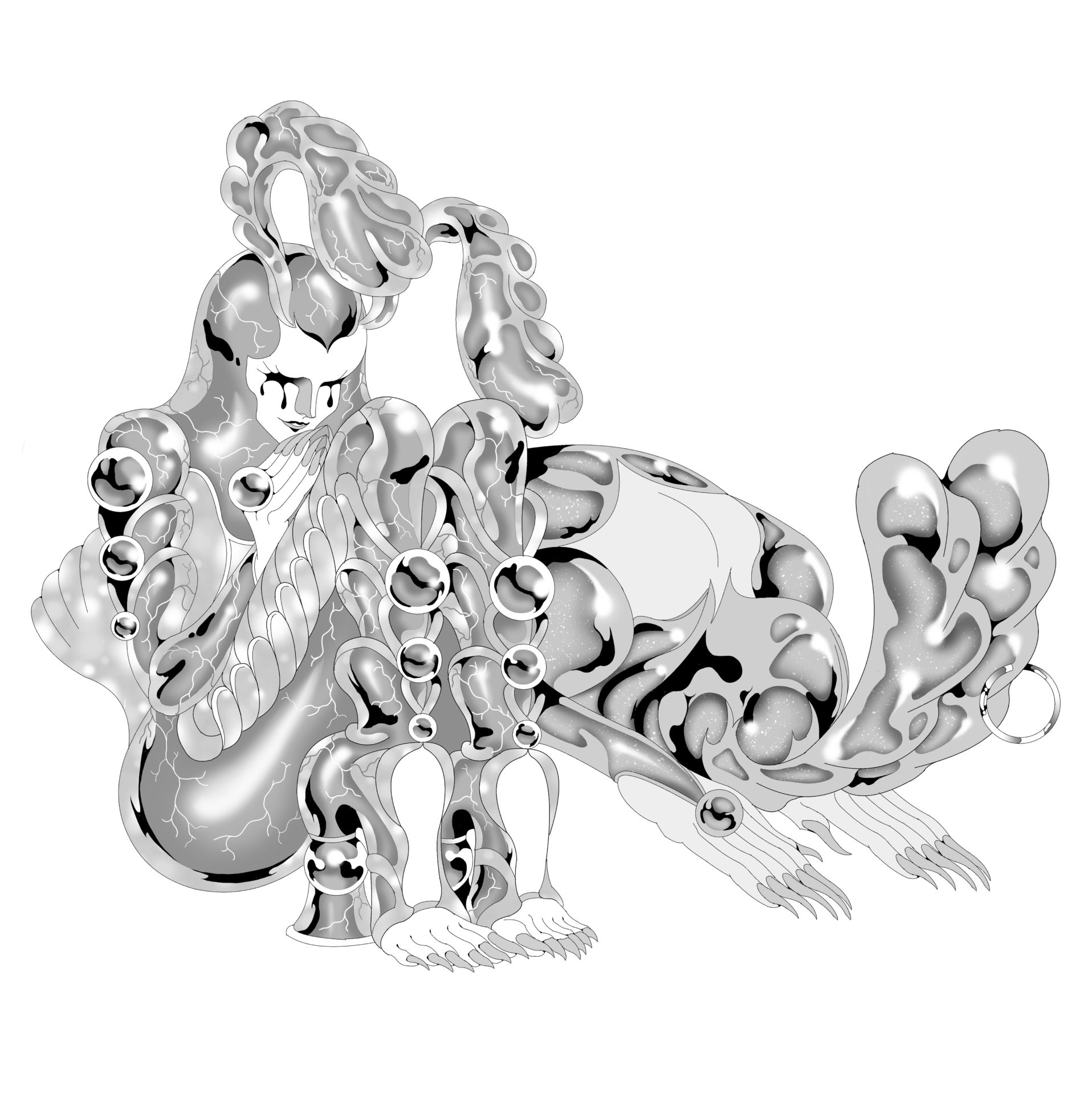
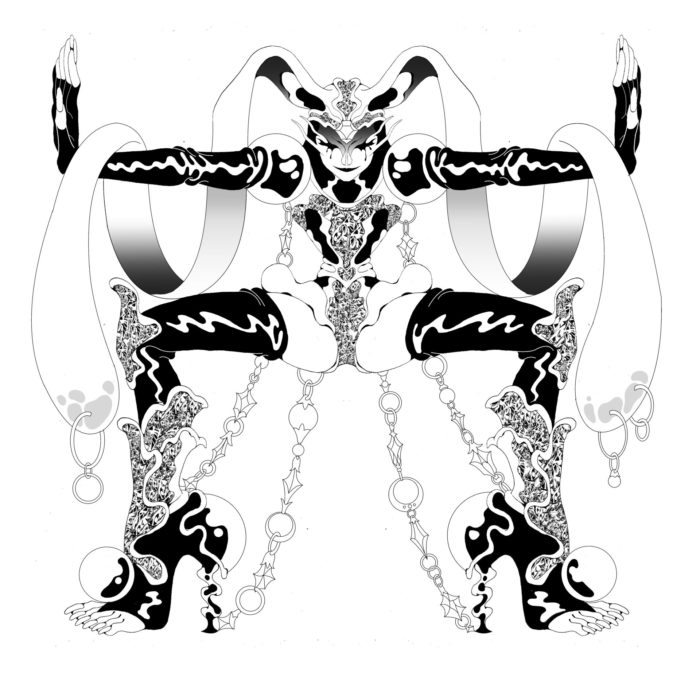
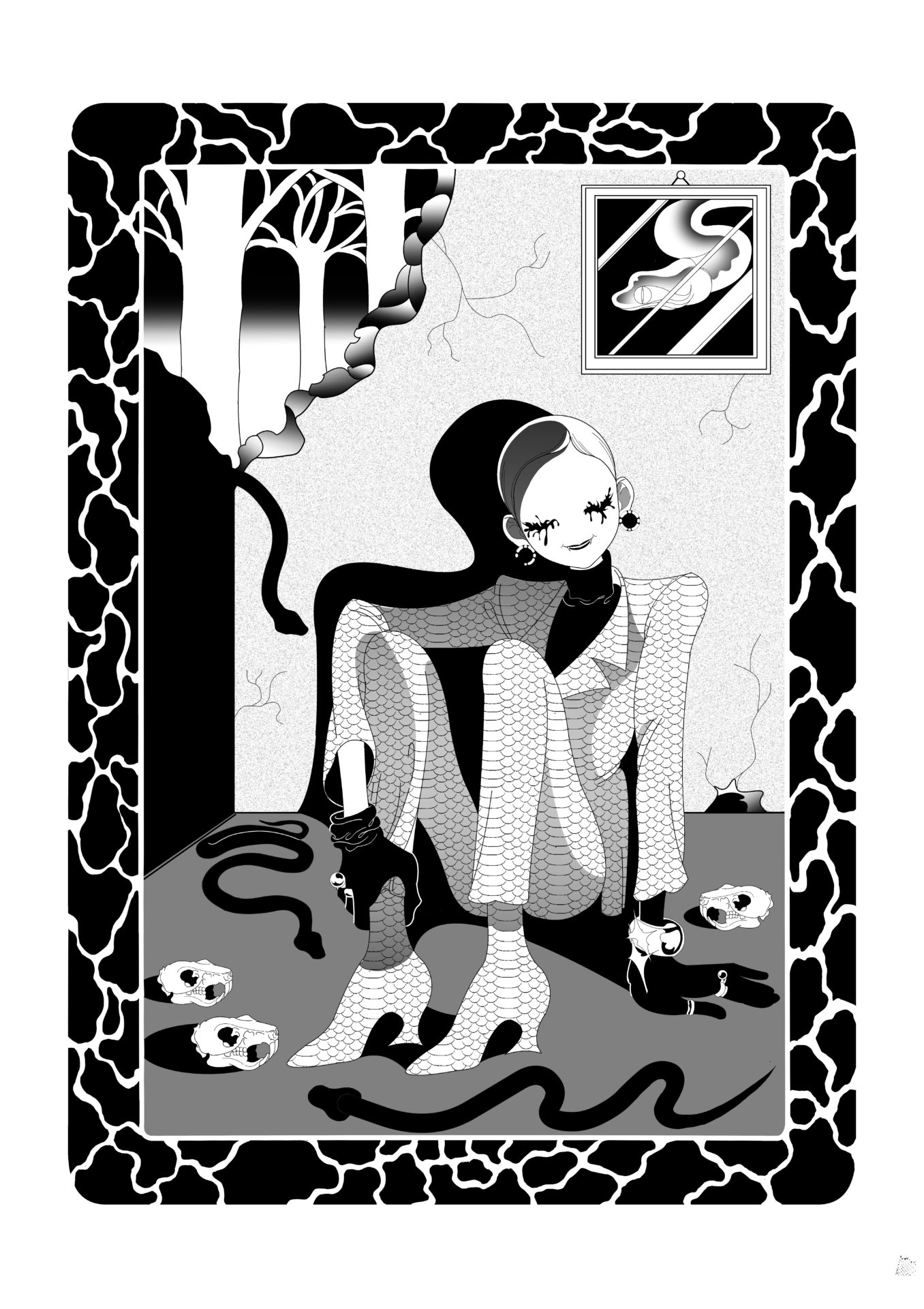
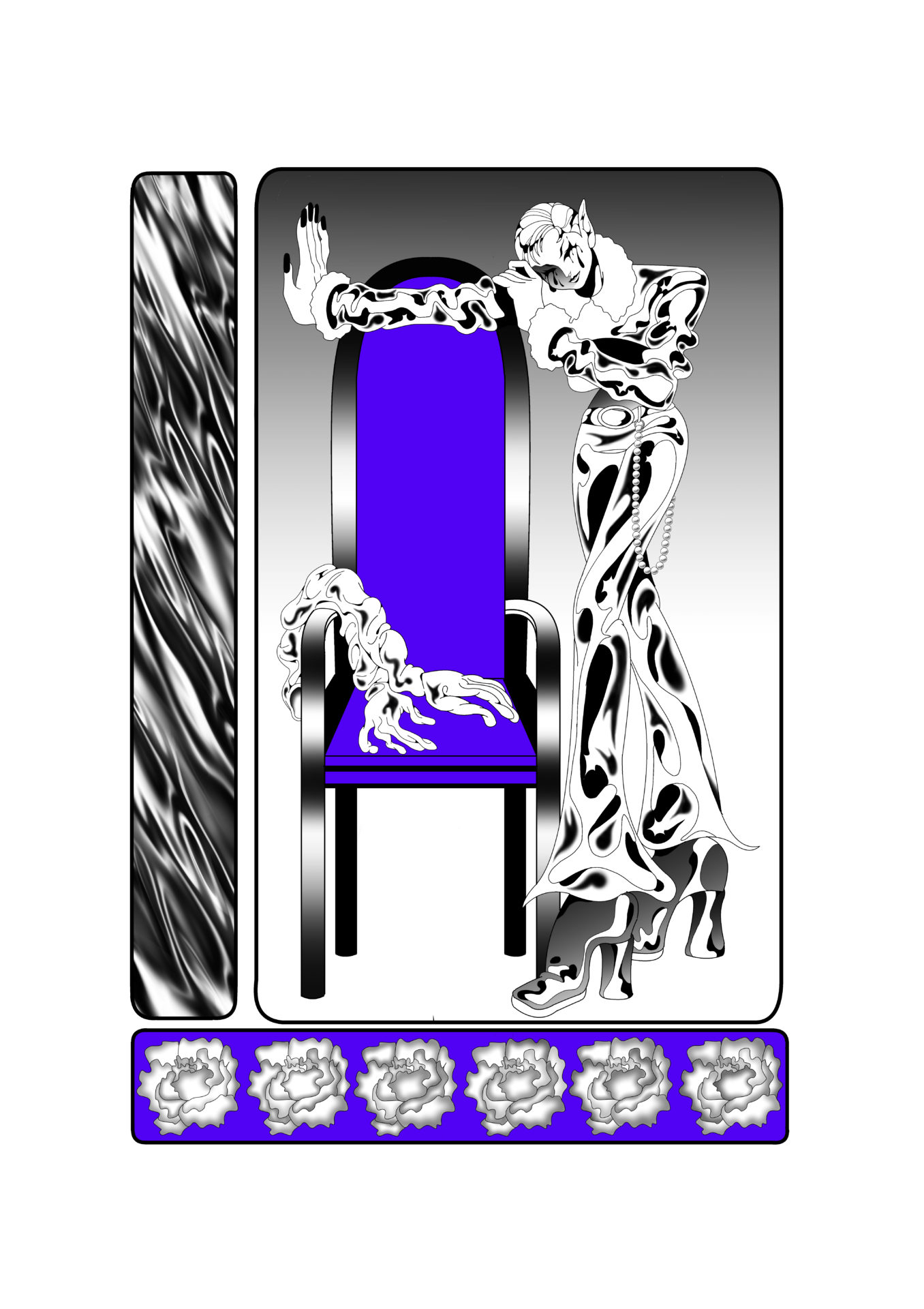
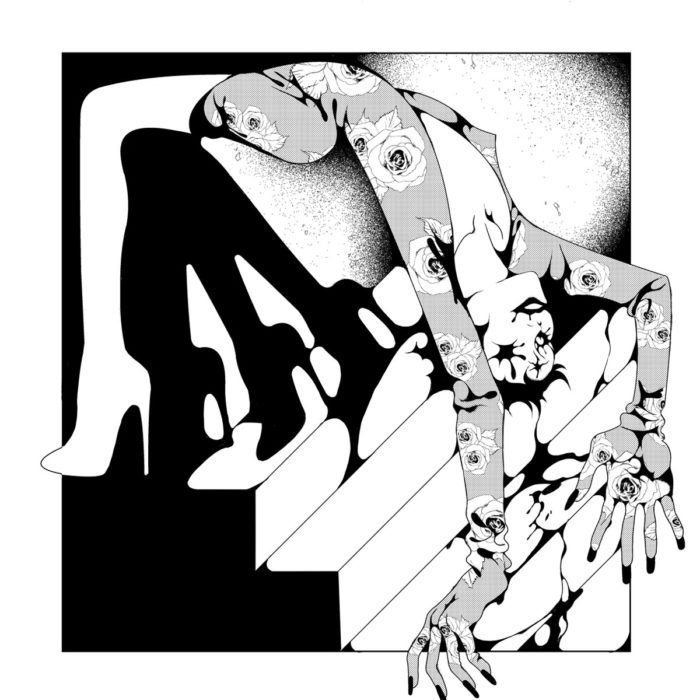

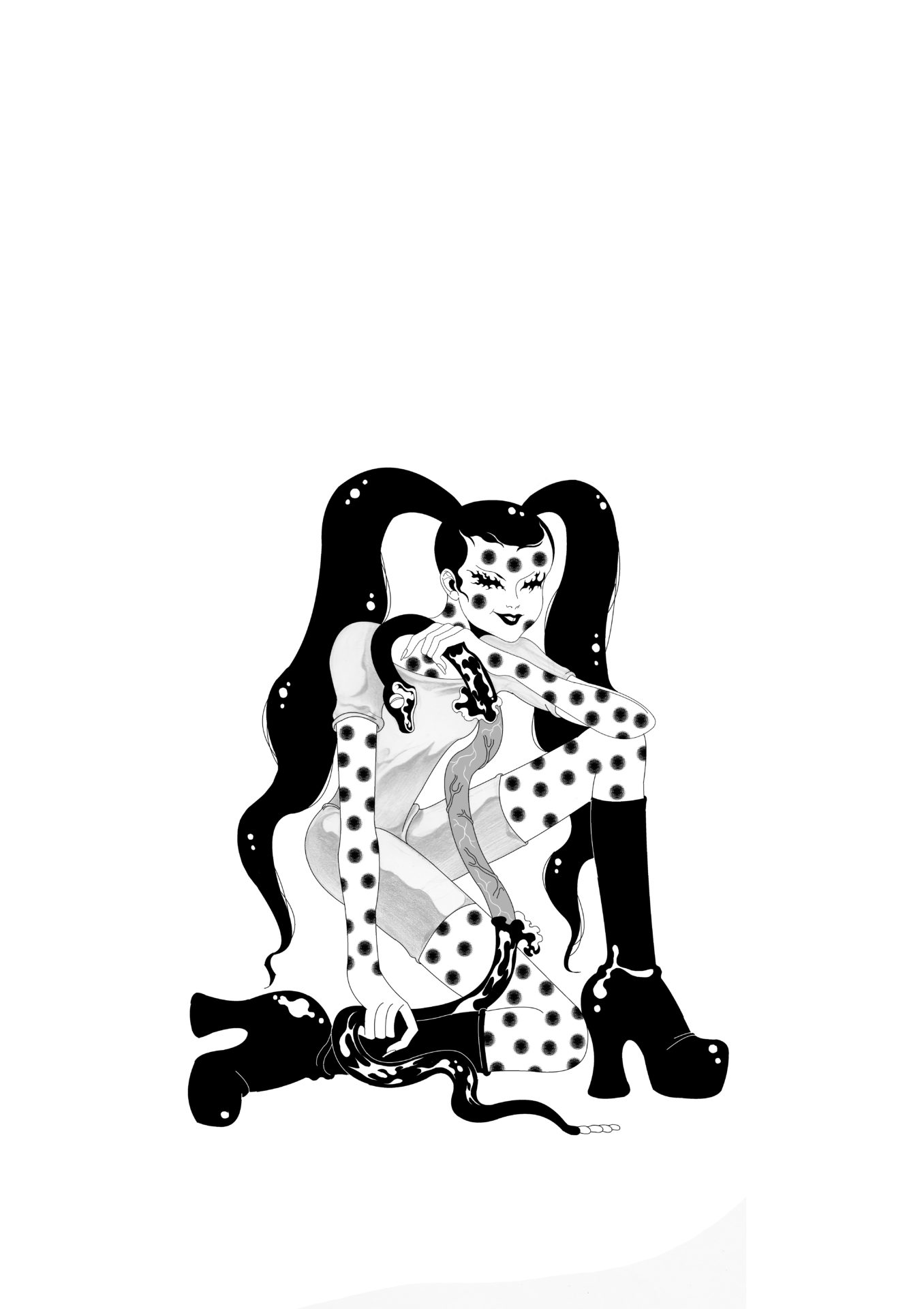
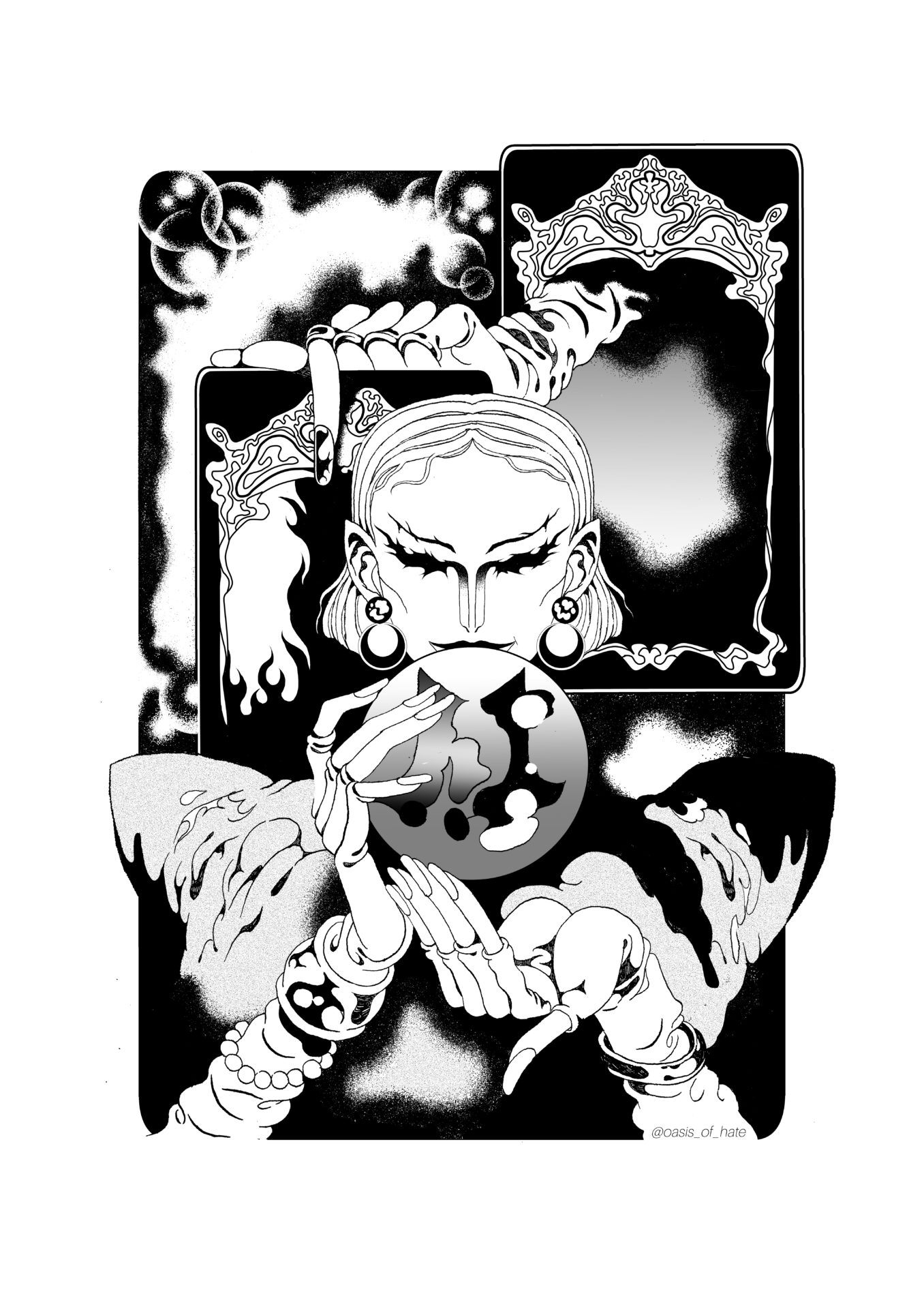

“My work is mostly translating reality into monochromatic pseudo-manga illustrations. I also tend to use obscure literary references. I’ve drawn comics that appeared in quite a few independent zines and anthologies.”
To see more of Anna W.’s work, please, visit @oasis_of_hate
Artwork & Text / Anna W. aka Oasis of Hate
